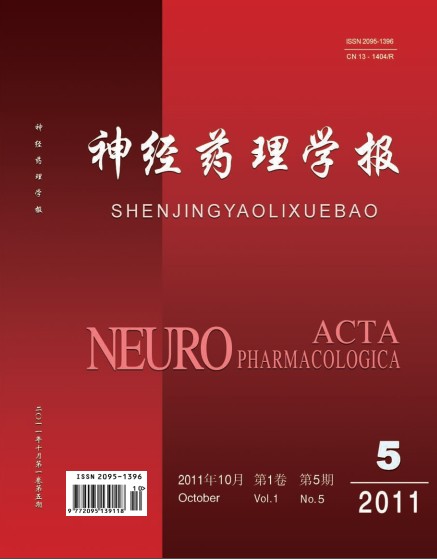|
|
Anti-thrombotic Effect of Earthworm Lyophilized Powder for Injection
LIANG Chao, LIU Dong-jie, GAO Rui-chen, HAN Li-min, QU Yi, SHEN Xin, ZHU Jiu-xin, HOUYun-long, QIAO Guo-fen
2011, 1 (5):
14-18.
Objective: To observe the anti-thrombus effects of Earthworm lyophilized powder for injection(ELPI). Methods: The SD rats were randomly divided into blank control, low dose ELPI, and high dose ELPI groups, as well as ShuXueTong injection as the positive control. The models of carotid artery thrombus were induced by thrombus formation instrument; 72 hours after successful model establishment saline solution (2 mL•kg-1), earthworm low dose solution (0.9 mg•kg-1), earthworm high dose solution (1.8 mg•kg-1), and ShuXueTong solution (0.1 mL•kg-1) were injected via tail vein for 12 consecutive days. Then the carotid artery thrombus were peeled off and weighed. Blood was sampled for plasma t-PA level determination via ELISA method, CT and RT values were measured in all groups, and the maximal platelet aggregation rate was (PagR-max) was tested via LBY-NJ4 method. Results: Compared with the control group, thrombus weights in earthworm high dose group decreased significantly (P < 0.05); plasma t-PA levels in both low dose and positive control groups were significantly improved (P < 0.05); CT and RT in positive control and high-dose groups were significantly prolonged (P < 0.05), RT in low dose group also prolonged (P < 0.05), and this RT prolongation induced by ELPI was dose-dependent. Conclusion: ELPI possesses significant thrombolytic effects after 72 hours administration, and can inhibit intrinsic coagulation pathway through increasing plasma level of t-PA.
References |
Related Articles |
Metrics
|

